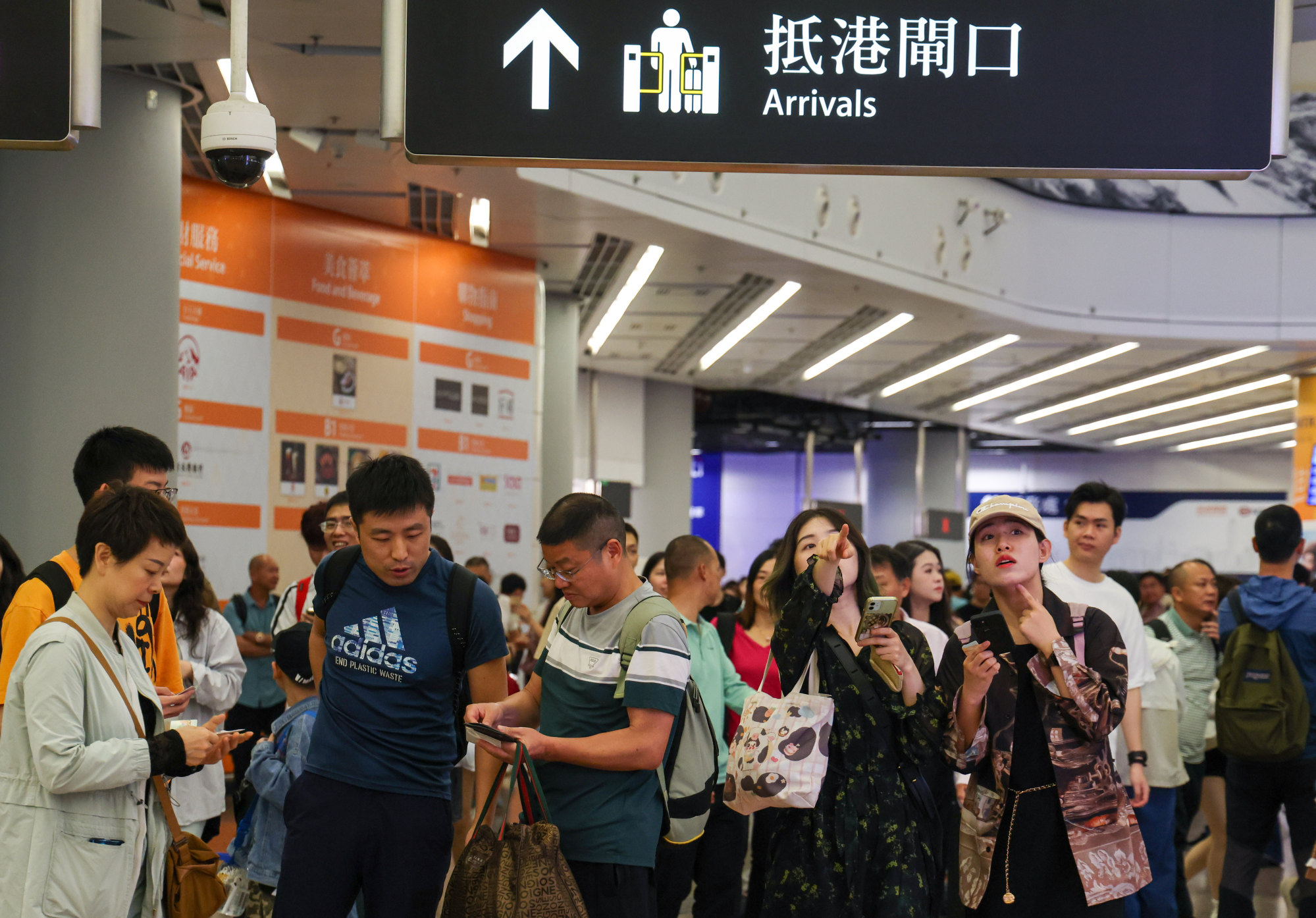
How can Hong Kong boost tourism? Industry leaders call for better government coordination, aligned bay area plans
- Current blueprint lacks proposals on how related sectors such as aviation, hotels, transport operators, caterers and retailers can work together, lawmaker Perry Yiu says
- Industry veteran Caspar Tsui says Hong Kong should also consider collaborating with different mainland China cities to avoid competition for visitors
Tourism sector lawmaker Perry Yiu Pak-leung said greater cooperation between government departments was urgently needed to support the tourism trade.
“There is an urgent need to delineate a new blueprint under the new circumstances. We’ve gone through years of pandemic and witnessed changes from visitor demands to all aspects of the industry,” he said.
The different government bureaus and departments could incorporate tourism into their development goals and not dismiss it as something that only concerns the Cultural, Sports and Tourism Bureau, he added.
The existing blueprint released in 2017 failed to include any call for cross-departmental cooperation, he added.
The legislator said the current road map lacked any proposals on how related sectors such as aviation businesses, hotels, transport operators, caterers and retailers could work together and develop products.

Many mainland tourists have also adopted new travel habits, opting to spend less and focus on experiences.
Caspar Tsui Ying-wai, the executive director of the Federation of Hong Kong Hotel Owners, stressed the bay area’s importance amid the shift in tourism trends experienced by the city.
“After the Covid-19 pandemic, there has been a shift in the composition of Hong Kong’s tourists. We still observe that more than 80 per cent of the tourists are from mainland China,” said Tsui, who took part in the consultation alongside Yiu.
He added that Hong Kong needed to assess the future development of its aviation capacity with the high-speed rail becoming a “new transport option”.
“We can expect to see increased airport construction in surrounding cities of the bay area,” he said. “It is important for us to understand how to align and coordinate with these changes. We haven’t mentioned the bay area positioning in our old blueprint.”
The Greater Bay Area was floated in 2017 as a national policy to create a powerful economic zone by combining Hong Kong, Macau and nine cities in Guangdong. Its development plan was introduced in 2019.
Hong Kong should also consider collaborating with different cities to create a “Greater Bay Area tourism itinerary” to ensure events do not clash and result in competition for visitors, he said.
Tsui also urged the government to look into building a skilled labour force for the various sectors.
“Travel agencies, hotels, and food and retail establishments all face manpower issues because they are interconnected within the entire industry chain. Human resources are also crucial in areas such as aviation, cruise ships, high-speed rail and land transport,” he said.
“Collaboration across multiple sectors is necessary to address these challenges, and the government must coordinate various departments to ensure smooth operations.”
He hoped the government could provide support to attract more people to join the industry.

Gianna Hsu Wong Mei-lun, chairwoman of the Travel Industry Council, said the sector should make use of high-profile sporting and cultural events in Hong Kong to promote tourism.
Hsu suggested that major events could be planned with tour groups in mind: “Some events or exhibitions only welcome individual visitors and not groups. Perhaps there could be slots for just groups?”
She added these situations presented the sector with difficulties when developing tourism products that tie in with other parts of the travel experience for visitors, and urged the government to look into the coordination of this.
Gary Ng Cheuk-yan, a senior economist with Natixis Corporate and Investment Bank, argued that tourist spending might be overestimated given the declining trend of consumption and changing preferences.
“It is related to Hong Kong’s middle class not willing to spend as much locally as before. The weak consumption is a symptom of the more significant problem in other sectors, such as finance and professional services,” Ng said.
He added Hong Kong needed to rebuild the positive sentiment of residents by focusing more on the economy to grow income than other areas.
“While Hong Kong cannot control the external macroeconomic environment, such as exchange rates, it still needs to find ways to enhance competitiveness and its image,” Ng said.
“The government must set a long-term tourism strategy led by real experts across departments rather than flying blind by throwing out costly but ineffective random policies.”
In a reply to the Post’s inquiry, the Cultural, Sports and Tourism Bureau said the government would invite representatives of the travel trade and related organisations to offer views on the new blueprint.
Views from other stakeholders will also be welcomed during the consultation period on or before June 14, the bureau said.


